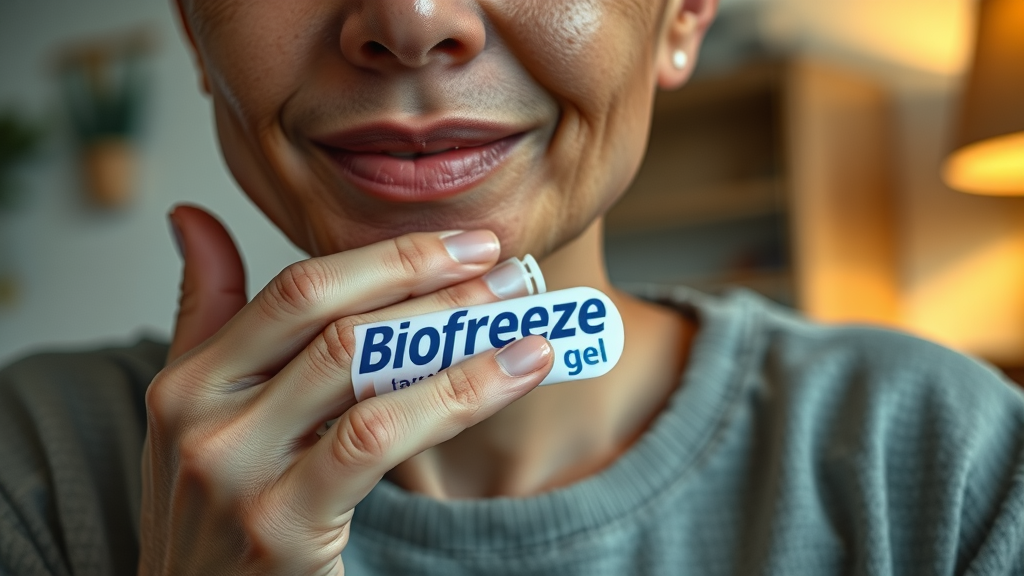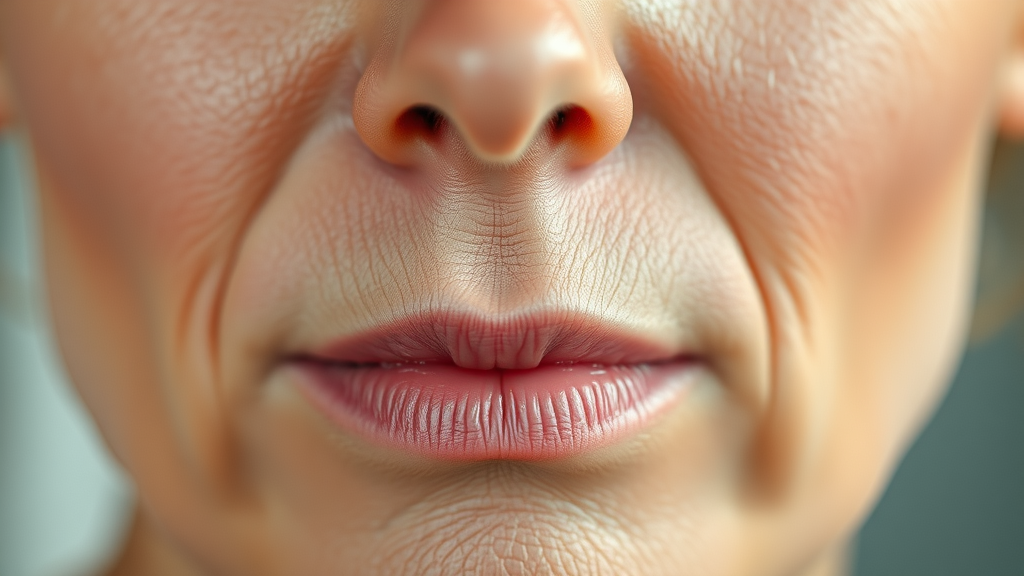- Did you know that over 20% of adults are affected by chronic inflammation leading to persistent body pain?
Understanding Inflammation and How Biofreeze Works
The Science of Inflammation
Inflammation is a natural response by the body's immune system to injury or infection, marked by redness, swelling, and pain. This response can become chronic, leading to conditions that cause persistent discomfort, such as arthritis or autoimmune disorders. By understanding the underlying mechanisms of inflammation, individuals and healthcare providers can better manage these responses to reduce chronic pain.

Introduction to Biofreeze: A Relief Option
Biofreeze is a widely used topical pain relief gel known for its ability to alleviate aches, sore muscles, and joint pain through a method called cold therapy. The cooling sensation provided by Biofreeze helps disrupt the pain signals sent from the site of inflammation to the brain, providing temporary relief from minor aches and pains, which makes it a popular choice for those looking to manage symptoms without systemic medication.
- Biofreeze as a popular choice for managing pain and inflammation.
Pain Relief Options: Biofreeze's Role
How Biofreeze Provides Pain Relief

Biofreeze primarily works through its active ingredient, menthol, which triggers cold receptors in the skin. This action creates a cooling sensation that helps to numb the area and interrupt pain signals. Users often find relief from conditions such as sore muscles, back pain, knee pain, and even arthritis pain, thus providing an effective topical pain relief solution.
Cold Therapy Approach of Biofreeze
The cold therapy concept behind Biofreeze involves the application of a cooling effect to counteract heat-producing inflammation within tissues. Unlike heating pads that increase blood flow and inflammation, Biofreeze reduces local blood flow, making it suitable for joint pain and muscle recovery scenarios. This approach produces immediate soothing effects, helping to relieve soreness and swelling swiftly and efficiently.
Analyzing Biofreeze: Main Active Ingredients
What Makes Biofreeze Effective?
The effectiveness of Biofreeze can be attributed to its combination of active and inactive ingredients that work synergistically to deliver pain relief. Menthol helps provide temporary relief by creating a cooling sensation, while the base gel absorbs quickly into the skin without leaving behind a greasy residue—enhancing ease of use.
The Role of Menthol in Biofreeze's Formula

Menthol, the star active ingredient in Biofreeze's formula, works by stimulating thermoreceptors in the skin to induce a cold sensation, thereby temporarily numbing the area. This immediate cooling effect can significantly alleviate pain and inflammation symptoms, making it an excellent choice for reducing inflammation in conditions like muscle soreness and minor aches.
Other Essential Components
Besides menthol, Biofreeze includes inactive ingredients that enhance texture, cooling, and absorption into the skin. These components ensure the fast-acting relief users desire, confirming its position as a top choice for a topical pain reliever among competitors.
Comparing Biofreeze with Other Pain-Relieving Gels
Differentiating Biofreeze from Competitors
Biofreeze sets itself apart from other pain-relieving gels by using a potent cold therapy mechanism as opposed to heat-based solutions. This distinction often leads to less irritation and increased use scenarios, especially for conditions where swelling is prevalent, positioning Biofreeze as a more versatile solution.
Consumer Reviews and Feedback
User feedback often highlights Biofreeze's immediate soothing properties and fast action compared to alternative products. Many users report reduced soreness and joint discomfort, aligning with the cold therapy’s target of blocking pain signals efficiently, a testament to its efficacy in managing inflammation-related discomfort.
Potential Side Effects and Recommendations for Use
Identifying Possible Side Effects of Biofreeze
Though Biofreeze is generally considered safe, some individuals might experience side effects like irritation or allergic reactions. It's important for users to perform a patch test before extended use, thus preventing adverse outcomes and ensuring the topical pain is effectively reduced without complications.
When To Avoid Biofreeze
Individuals with sensitive skin, open wounds, or certain pre-existing conditions should avoid using Biofreeze without consulting a healthcare provider. Moreover, special precautions should be taken when considering its use on children or during pregnancy to ensure safety and prevent any potential for side effects.
People Also Ask: Answers Section
Does Biofreeze get rid of inflammation?
- Biofreeze helps by reducing symptoms, but it is not a cure-all for inflammation.
When should you not use Biofreeze?
- Advised precautions for specific conditions and age groups.
What is the best anti-inflammatory for inflammation?
- Commonly recommended anti-inflammatory treatments.
What is the best gel for inflammation?

- An analysis of leading gels, comparing Biofreeze to other market leaders.
User Experiences and Real-Life Testimonials
Stories from Biofreeze Users
"Biofreeze has been a lifesaver for my joint pain!" - Sarah, a verified user.
What You'll Learn from This Guide
- How Biofreeze works and its effectiveness in managing inflammation.
- Comparison of Biofreeze with other pain relief products.
- User insights, scientific explanations, and side effect details.
Conclusion: Evaluating Biofreeze for Inflammation Relief
- Summarize the benefits of Biofreeze as an option for inflammation relief and its place in the broader market.
Call to Action for Readers
- Consider trying Biofreeze to see if it offers the relief you're seeking, and consult with healthcare professionals if in doubt.
 Add Row
Add Row  Add
Add 



Write A Comment